News Beat
News Beat reporting is an idrw.org initiative to let our Readers to report News Based on Actual facts but some how has not been reported in Main Stream Media .
SOURCE: RAUNAK KUNDE / NEWS BEAT / IDRW.ORG
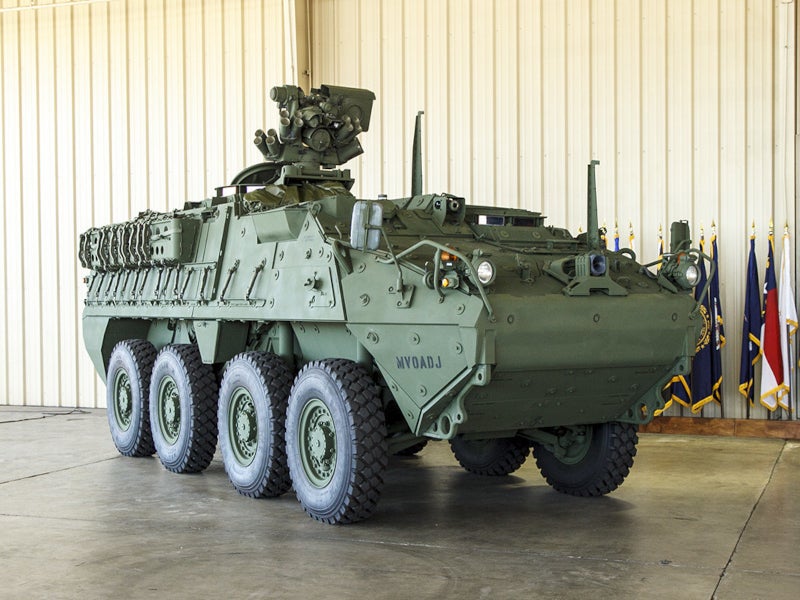
The United States’ proposal to co-produce the Stryker Armoured combat vehicle in India continues to gain momentum. A recent visit by a US team aimed to finalize specific requirements for the Indian Army’s needs. However, the project faces both potential and roadblocks.
While the Army evaluated the Stryker favorably during joint Indo-US military exercises, concerns exist about its current form. Reportedly, the smaller engine hinders its suitability for high-altitude operations. The project has also drawn criticism from Indian private and public sectors who claim they can deliver a comparable solution at a lower cost. Three local companies have proposed DRDO’s WhAP platform, while DRDO itself is developing the New Advanced Armoured Platform (AAP-Wheeled).
Continue readingSOURCE: RAUNAK KUNDE / NEWS BEAT / IDRW.ORG

The indigenously developed DRDO DATRAN 1500 engine is inching closer to powering India’s main battle tanks, but it won’t be a quick drop-in replacement. The engine, boasting 100hp more than the current MTU MB 838 Ka-501 engines in Arjun tanks, requires modifications before seamless integration.
idrw.org has been told by the people familiar with the program Challenges that DRDO is working on for seamless integration into the Arjun tanks.
Continue readingSOURCE: RAUNAK KUNDE / NEWS BEAT / IDRW.ORG
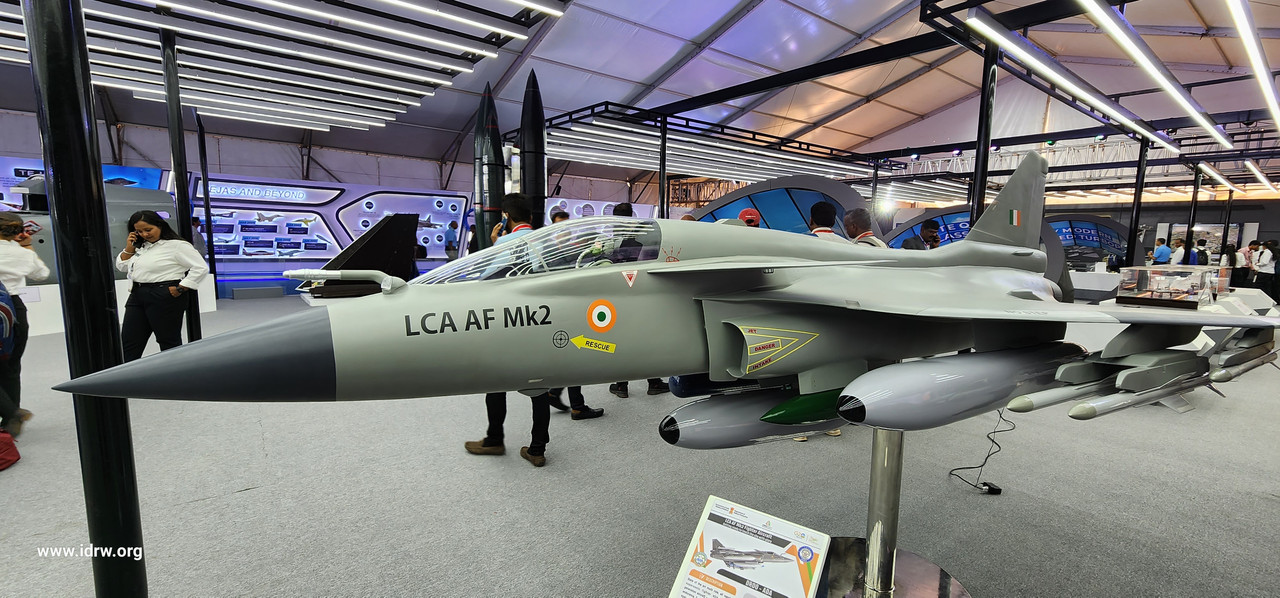
The Indian Ministry of Defence (MoD) is setting its sights on the export potential for the upcoming Tejas MkII fighter jet, aiming to position it as a competitive option in the medium-category market. This strategic shift comes as several current-generation Russian fighter jet operators seek alternatives due to political tensions and rising costs.
With many former Soviet states looking to replace ageing Russian jets but finding Western options cost-prohibitive, the Tejas MkII seeks to bridge the gap. Offering advanced capabilities at a potentially attractive price point, it could become a viable contender for nations like Vietnam, Algeria, and African Countries.
Continue readingSOURCE: RAUNAK KUNDE / NEWS BEAT / IDRW.ORG
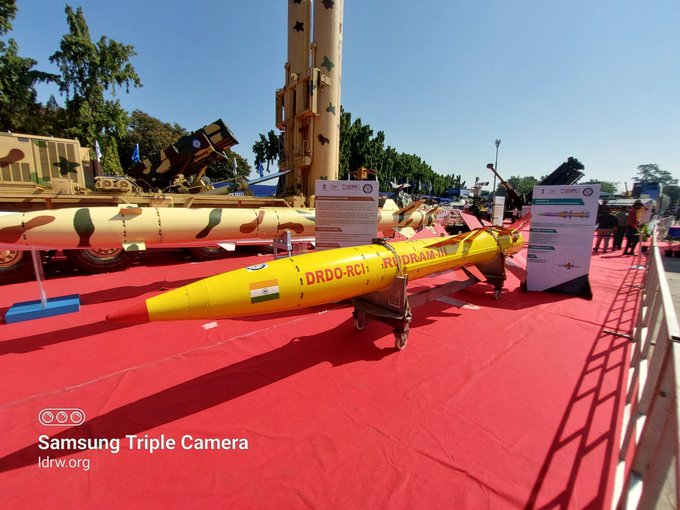
The Indian Air Force (IAF) is gearing up for the next stage in its development of the RudraM series of air-to-surface missiles. According to sources close to idrw.org, HAL Nashik Division has completed modifications on Su-30 MKI aircraft (SB-214) to enable captive flight trials of the RudraM-III, a long-range variant boasting impressive capabilities.
The RudraM-III, weighing 1.6 tons, packs a punch with its 300-400kg warhead and a staggering 600km range when launched from an 11km altitude at Mach 0.9. This significant reach surpasses its predecessors, the RudraM and RudraM-II, and expands the IAF’s strike capabilities.
Continue readingSOURCE: RAUNAK KUNDE / NEWS BEAT / IDRW.ORG

India’s state-owned Hindustan Aeronautics Limited (HAL) has completed delivery of the 15 Limited Series Production (LSP) Light Combat Helicopters (LCH Prachand) to the Indian Air Force (IAF) and Indian Army Aviation (AAC). These helicopters will be used for extensive evaluation purposes before HAL secures a major production contract.
HAL aims to acquire a contract for 145 LCH Prachands from both the IAF and AAC. To secure this deal, they have been tasked with swiftly integrating Anti-Tank Guided Missiles (ATGMs) and incorporating user-suggested minor modifications to increase firepower.
Continue readingSOURCE: RAUNAK KUNDE / NEWS BEAT / IDRW.ORG
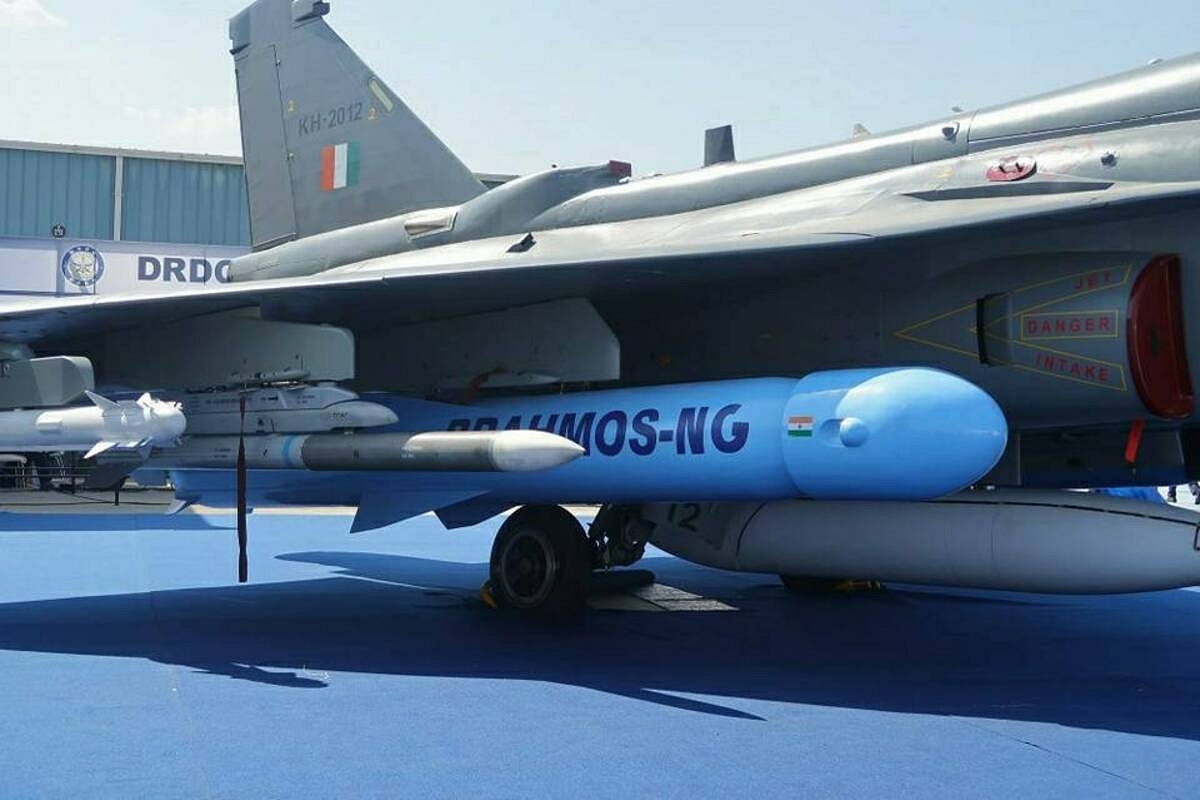
Philippine Aerospace Development Corp (PADC) has initiated a significant strategic partnership with the renowned Indian aerospace giant Hindustan Aeronautics Ltd (HAL). The collaboration aims to introduce the advanced Tejas Mk1A aircraft to the Philippines, specifically designed to serve as a potent naval strike platform integrated with the formidable Brahmos NG missile system.
This groundbreaking alliance represents a pivotal moment in the defense capabilities of the Philippines, as it seeks to enhance its aerial prowess and maritime security. HAL’s willingness to engage in a partnership for the local assembly of the Tejas aircraft by PADC underscores the mutual trust and confidence between the two nations in addressing defense requirements.
Continue readingSOURCE: RAUNAK KUNDE / NEWS BEAT / IDRW.ORG
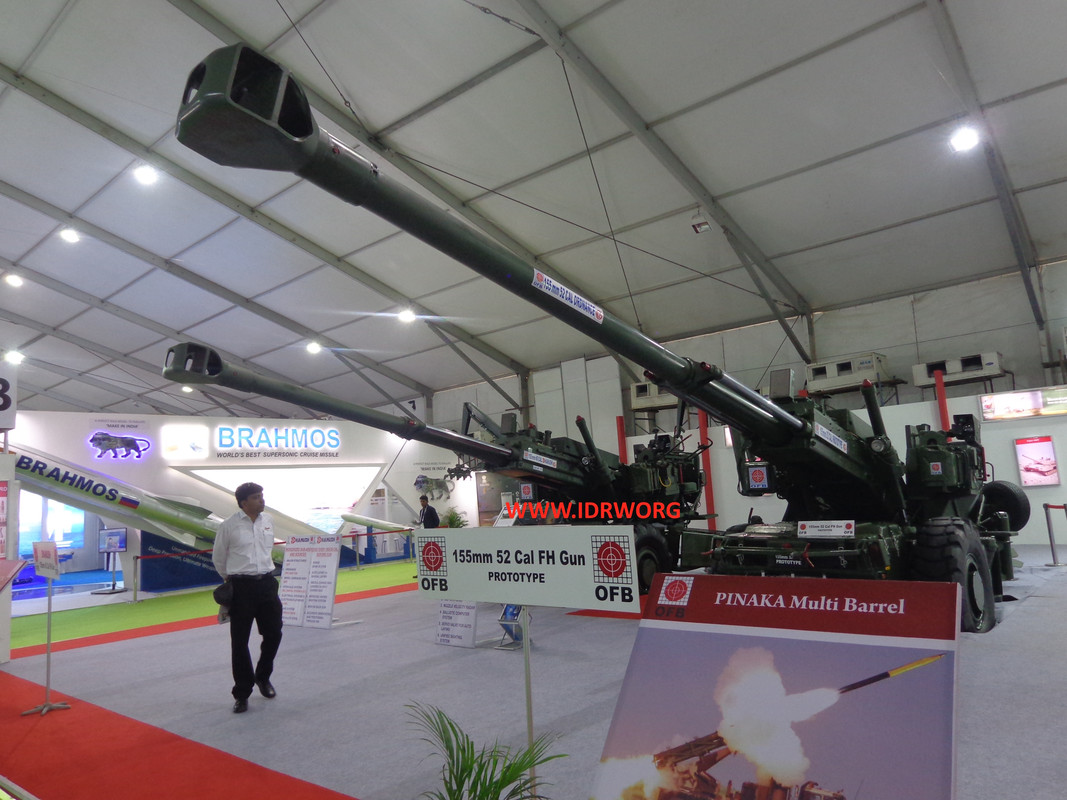
India’s Advanced Weapons and Equipment India Limited (AWEIL) has confidently entered the competition for the Indian Army’s Towed Gun System (TGS) program, claiming its upgraded Dhanush 155 mm/52 calibre towed howitzer surpasses all requirements and offers superior capabilities.
AWEIL officials also confirmed idrw.org that the Gun has completed proof firing and Internal testing and is ready for User demonstrations. when asked if the company could be able to compete in price since the Dhanush 155mmX45 Calibre Gun had a price of 14.50 unit while Certain Israeli companies have quoted 11 crores for their 52 calibres towed howitzer gun under the Make in India initiative, officials said that they can’t comment on Per unit cost but it will be considerable lower since initial orders are for 400 units.
Continue readingSOURCE: RAUNAK KUNDE / NEWS BEAT / IDRW.ORG

Tata Advanced Systems Limited (TASL) has achieved a remarkable milestone by developing India’s premier military-grade spy satellite, crafted entirely by the domestic private sector. This cutting-edge satellite is now primed for launch, having been prepared for deployment aboard a SpaceX rocket. With its unparalleled capabilities, the satellite boasts a spatial resolution of 0.5 meters, enabling precise and detailed imagery acquisition.
The creation of this groundbreaking satellite was made possible through a collaborative effort with Satellogic, a prominent Latin American company specializing in satellite technology. This partnership underscores India’s commitment to leveraging global expertise while promoting indigenous innovation in the field of space exploration and surveillance.
Continue readingSOURCE: RAUNAK KUNDE / NEWS BEAT / IDRW.ORG
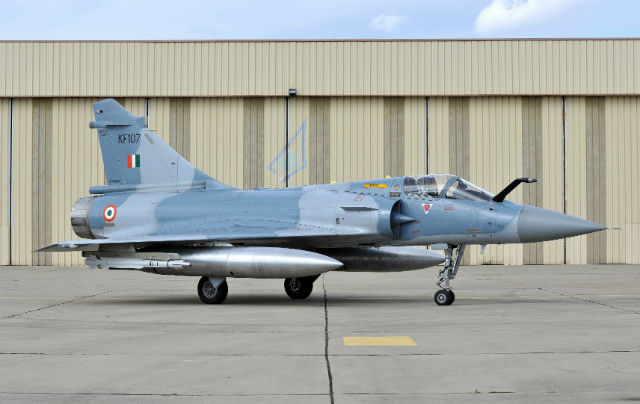
A decade after the ambitious project began, the Indian Air Force (IAF) is nearing the finish line in its Mirage 2000 upgrade program. The final upgraded aircraft is expected to be delivered by the end of this year, marking the completion of a project beset by delays and challenges.
In 2011, India signed a $2.5 billion contract with Dassault Aviation to upgrade 51 of its Mirage 2000 fighter jets. This comprehensive upgrade aimed to bolster the aircraft’s capabilities with new avionics, radars, communication systems, and more. Originally slated for completion in 2021, the project faced several setbacks.
Continue readingSOURCE: RAUNAK KUNDE / NEWS BEAT / IDRW.ORG
Greek Armed Forces are considering a potential upgrade for their RM-70 multiple rocket launchers, and Indian company Munitions India Limited (MIL) is in the running with a proposal to bring them up to the Pinaka standard.
The RM-70, a Czechoslovakian variant of the BM-21 Grad, has been a mainstay of the Greek military for decades. This powerful area-saturation rocket system packs a punch, but its capabilities can be further enhanced. It is not clear what Pinaka standard was mentioned in Greek media since BM-21 Grad is a 122mm Rocket and Pinaka is a 214 mm Rocket.
Continue readingSOURCE: RAUNAK KUNDE / NEWS BEAT / IDRW.ORG

The Indian Air Force’s (IAF) indigenously developed SAMAR air defence system grabbed attention during Exercise Vayushakti 24 with its distinct launch profile. This short-range system, designed to counter low-flying aerial threats like fighter jets, helicopters, and UAVs, exhibited several unique features during the exercise.
One of the most striking aspects of the SAMAR launch was its initial flat trajectory, mirroring the launch profile of an air-to-air missile fired from an aircraft. This is due to the system’s use of repurposed Vympel R-73E infrared-guided air-to-air missiles (AAMs) that retain their “off-boresight” capability. This means the missiles can be launched at targets not directly in front of the launcher, offering greater flexibility in engagement scenarios.
Continue readingSOURCE: RAUNAK KUNDE / NEWS BEAT / IDRW.ORG

The production of India’s indigenously developed Light Combat Aircraft (LCA) Tejas Mk1A might face a slowdown next year due to delays in the delivery of its engines, according to media reports. This news emerges amidst the IAF’s recent interest in acquiring additional Mk1A variants.
The General Electric (GE) F-404 engines, powering the Tejas Mk1A, were initially scheduled for delivery from August 2023 onwards. However, GE reports supply chain challenges as the reason for the delay and subsequent production stoppage. They assure that the issues have been resolved and deliveries will begin this year.
Continue readingSOURCE: RAUNAK KUNDE / NEWS BEAT / IDRW.ORG

The fate of India’s ambitious Advanced Medium Combat Aircraft (AMCA) program hangs in the balance as it awaits clearance from the Cabinet Committee on Security (CCS) for a staggering ?15,000 crore budget. While the program aims for complete indigenous development, the question of how to involve the private sector remains a key point of contention.
Initial plans for a private-sector consortium to collaborate on the AMCA program seem to have hit a snag. Many Indian aerospace companies expressed reluctance due to factors like lack of experience, high investment with uncertain returns, and the complexity of managing multiple stakeholders.
Continue readingSOURCE: RAUNAK KUNDE / NEWS BEAT / IDRW.ORG

The Indian Army has set its sights on significantly bolstering its artillery capabilities with plans to procure not just the initially proposed 400 towed gun systems (TGS), but another staggering 800 units. These TGSs will become the backbone of the army’s towed howitzer regiments, offering crucial firepower across diverse terrains and conditions.
This procurement comes alongside the planned acquisition of 307 heavier, 18-ton Advanced Towed Artillery Gun System (ATAGS) units. However, the TGS, weighing below 15 tons, will offer greater operational flexibility, enabling deployment in India’s varied topographical landscapes.
Continue readingSOURCE: RAUNAK KUNDE / NEWS BEAT / IDRW.ORG

India’s quest for robust underwater deterrence takes a significant leap forward with the advancement of DRDO’s SLCM program. Promising diverse capabilities and extended ranges, this initiative aims to equip both conventional and nuclear submarines with powerful offensive punch.
Last year’s successful test of a torpedo-launched SLCM marked a crucial milestone. With a current range of 402 km, the missile is slated for further trials pushing its reach to 500 km and eventually achieving an impressive 800+ km. This initial iteration focuses on equipping older diesel submarines, demonstrating DRDO’s commitment to enhancing legacy platforms.
Continue reading